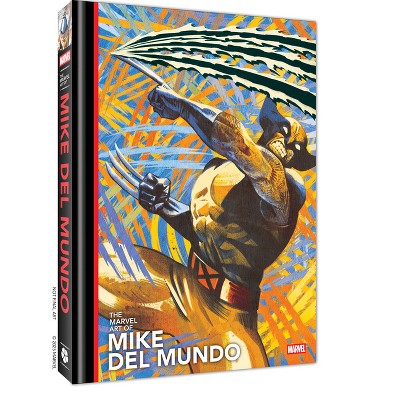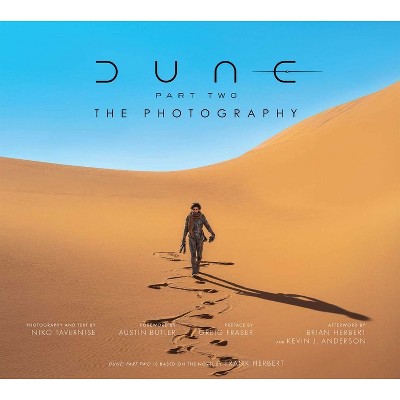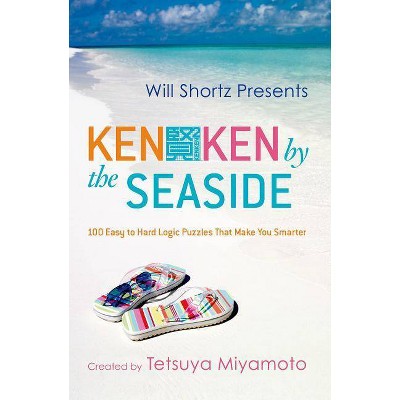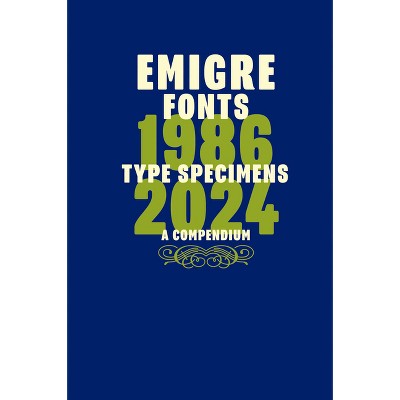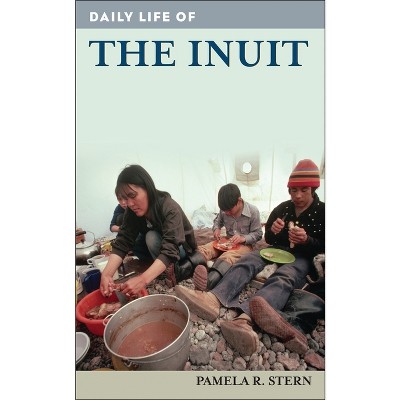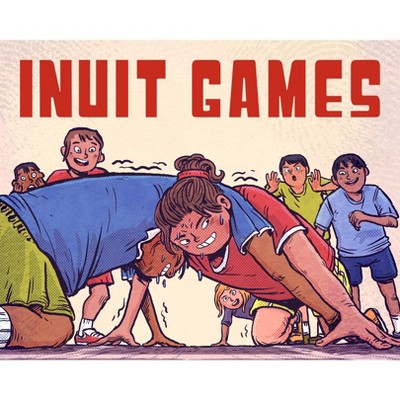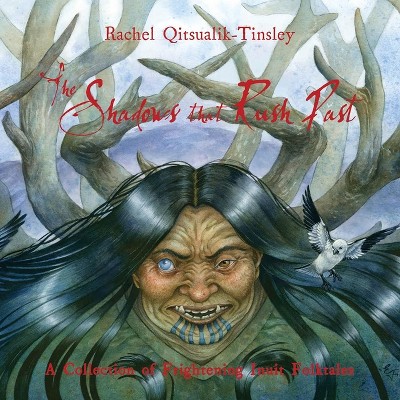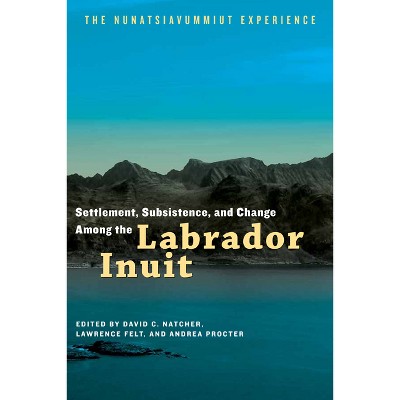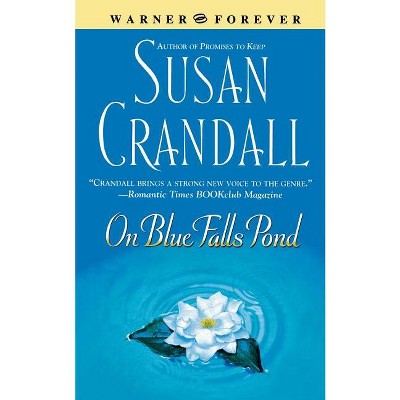Sponsored

Inuit Art - by Richard C Crandall (Paperback)
In Stock
Sponsored
About this item
Highlights
- Inuit--sometimes referred to as Eskimo--art is the primary art form of Canada and has a large international following, particularly in the United States, Japan, and Germany.
- About the Author: Veteran reference book author and college professor Richard C. Crandall has lectured and presented papers to many professional associations, especially in the fields of sociology and gerontology.
- 420 Pages
- Art, Folk & Outsider Art
Description
Book Synopsis
Inuit--sometimes referred to as Eskimo--art is the primary art form of Canada and has a large international following, particularly in the United States, Japan, and Germany. Despite its popularity, the complete history of Inuit art has never been presented. This is the first chronological synthesis of Inuit art, following its development from prehistory, through early American and European exploration, to the recognition of Inuit art as a commercial possibility, and up to the present. There is a particular emphasis on contemporary art and artists, and the years 1950 through 1997 are each given separate, detailed treatment in regard to important shows and events. This history is appropriate both for the beginning admirer of Inuit art and for those already well immersed in it. A place names key identifies locations that have changed names, as there has been an ongoing trend to restore original Inuit names to places and geographical features.
Review Quotes
"this dense, state-of-the-art history of Inuit art will probably stand as the last word on the subject for some time to come...a finely detailed history"-Library Journal; "[an] extremely detailed chronology of events...likely the most extensively researched study available"-Choice.
About the Author
Veteran reference book author and college professor Richard C. Crandall has lectured and presented papers to many professional associations, especially in the fields of sociology and gerontology. He lives in Bay Harbor, Michigan.Shipping details
Return details
Trending Non-Fiction






